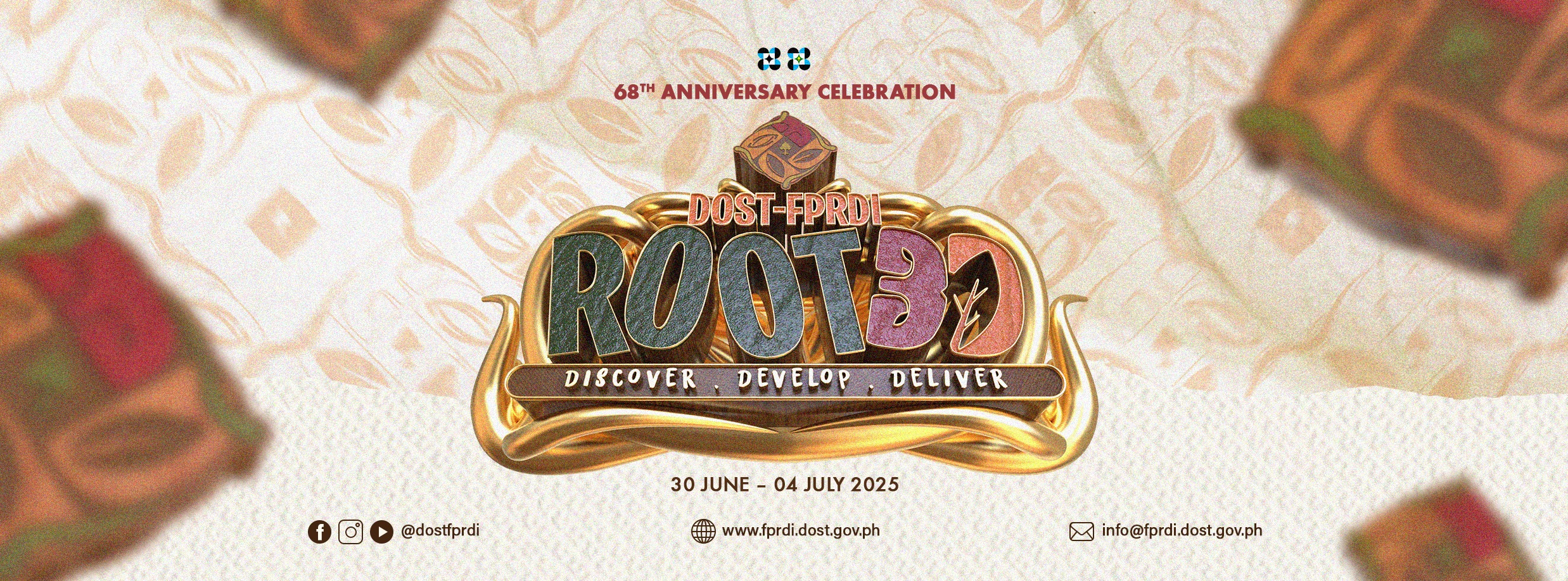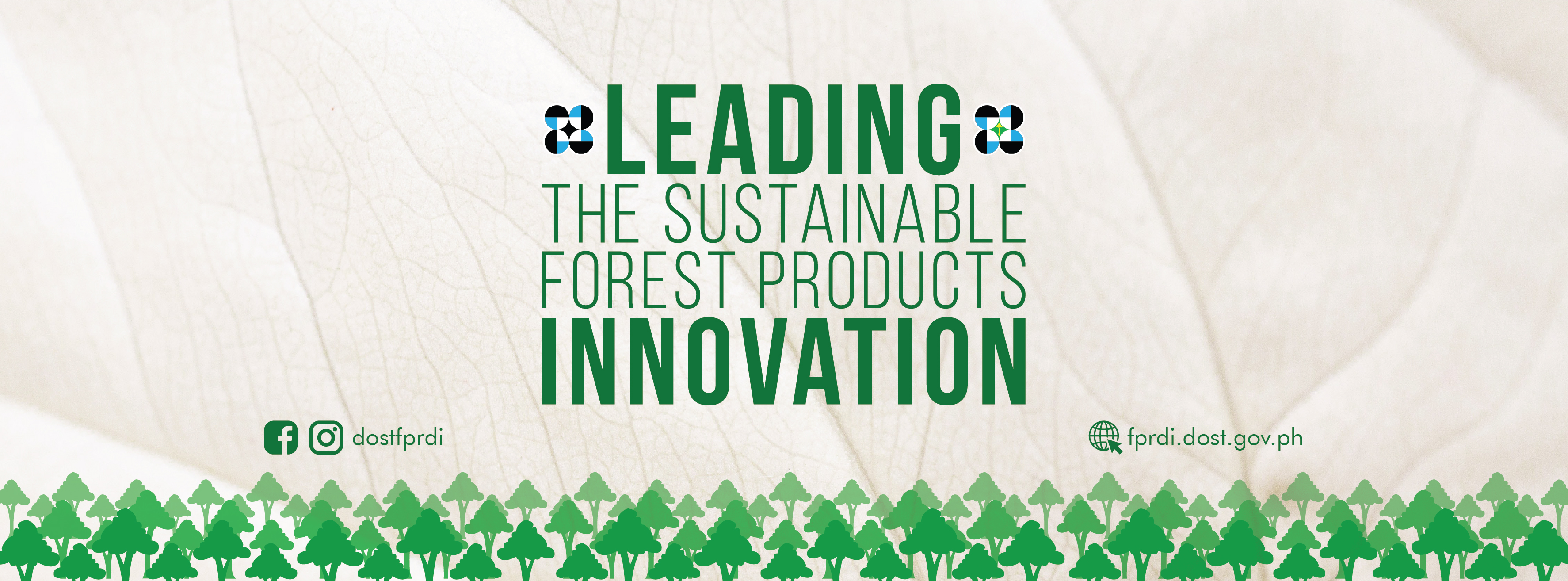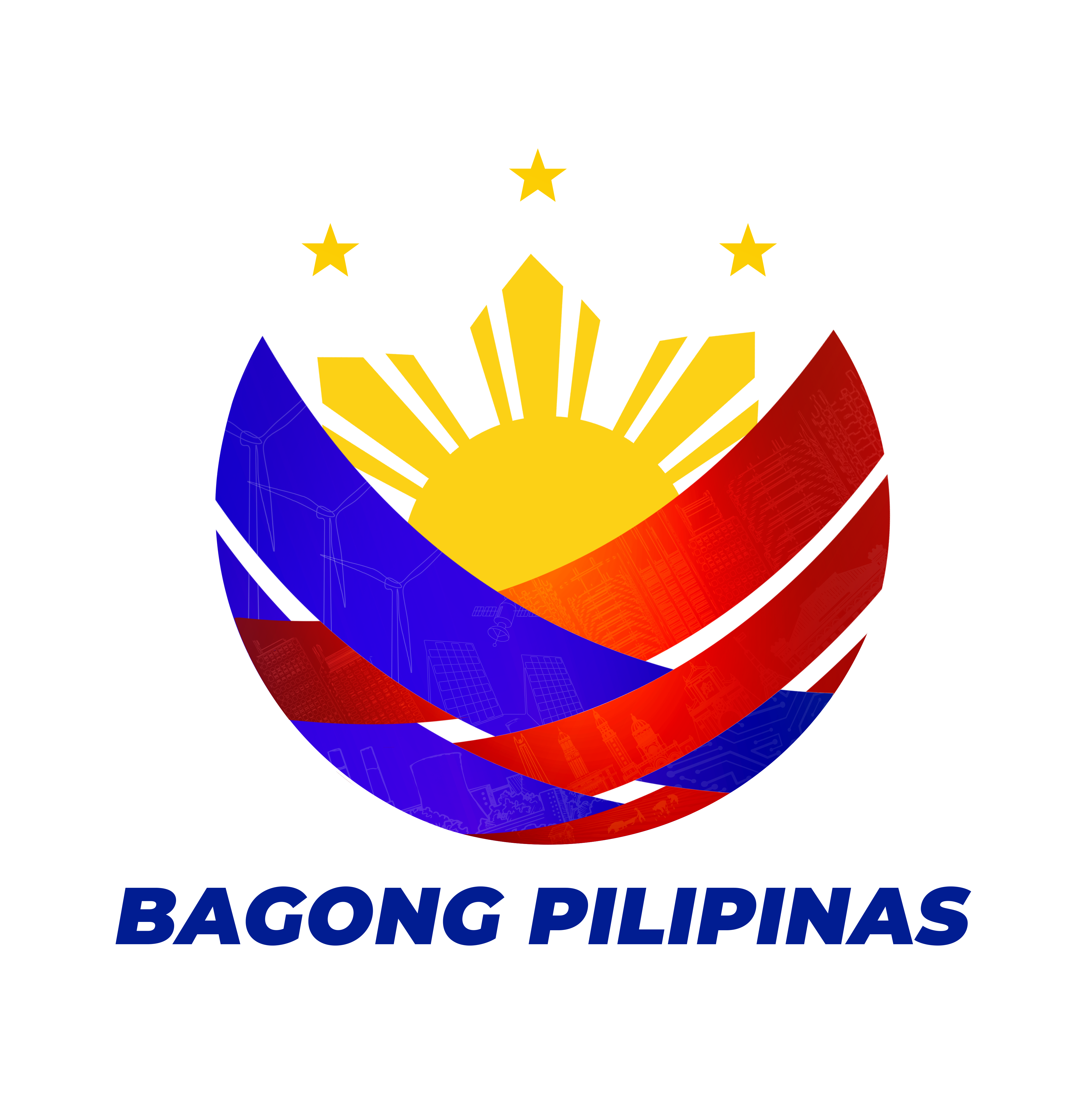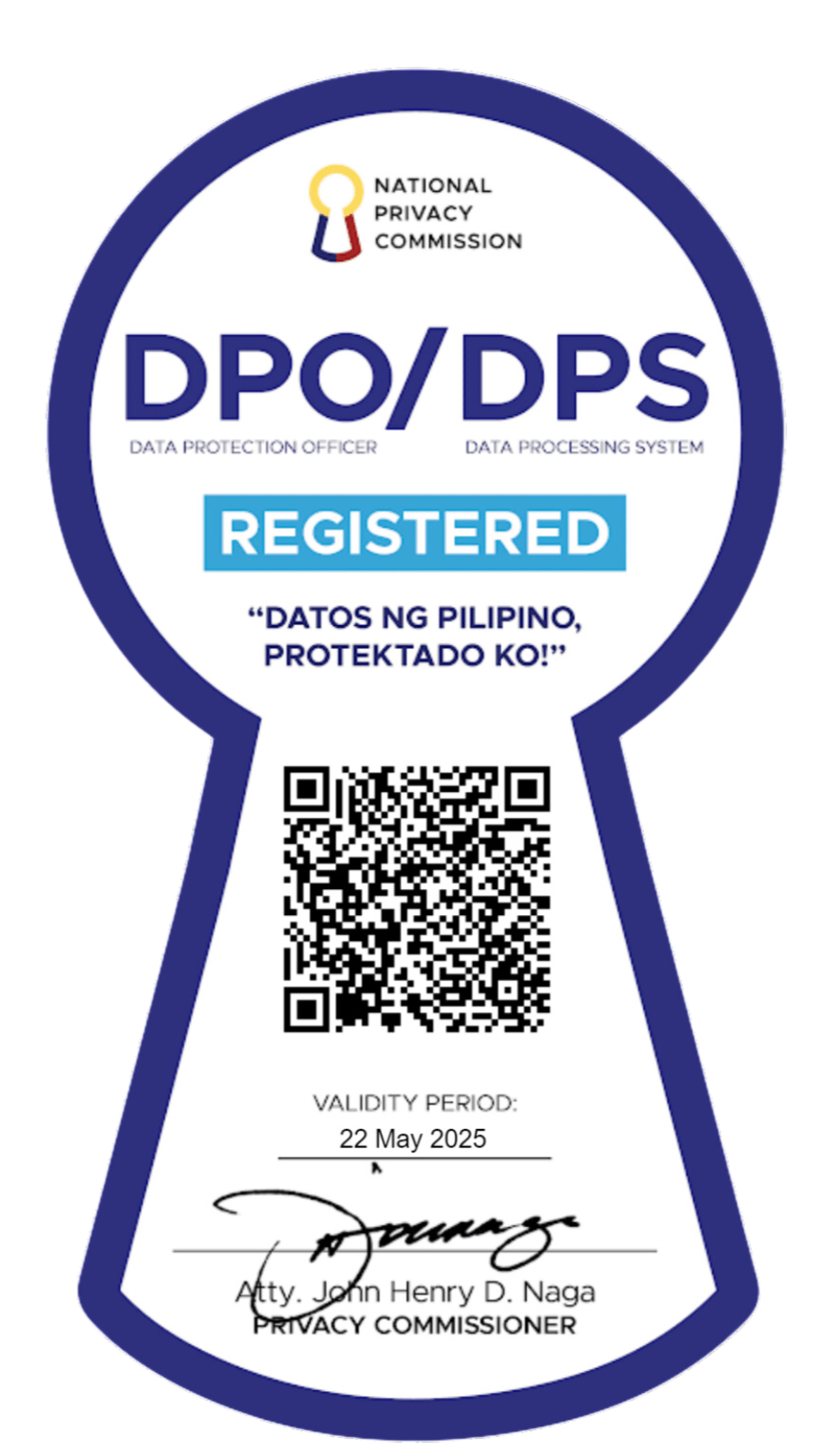
Bamboo Processing and Industry Development
Program Leader: Loreto A. Novicio
Bamboo is one of the most economically-important non-timber forest products in the Philippines. Its fast growth and excellent properties makes it an ideal substitute to wood for furniture, handicrafts, construction material, and chemical products. Thus, it is explicable that most of the initiatives undertaken worldwide on bamboo utilization are to exploit its use as substitute to wood. Global market for bamboo in 2006 stands at about 7 billion US dollars and was projected to increase to US$ 17 B from 2015 to 2020.
In the Philippines, where the restriction on the harvesting of wood from natural forests are strictly prohibited by virtue of a moratorium on the cutting and harvesting of timber in the natural and residual forests (Executive Order 23, 2011), bamboo may be tapped as the main material to substitute for the reduced supply of wood.
The government’s support on bamboo production and utilization had been increasing recently. Executive Order 879 in 2010 created the Philippine Bamboo Industry Development Council (PBIDC) to provide policy and program directions for the stakeholders of the fast- developing bamboo industry. E.O. 879 also directs the use of indigenous material for at least 25% of desk and other furniture requirements of public elementary and secondary schools, and to prioritize its use in furniture, fixtures and other construction requirements of government facilities. E.O. 879 was underpinned by Memorandum Circular No. 30 s. 2012 which directed the full implementation of the Philippine Bamboo Industry Program.
The recently drafted Philippine Bamboo Industry Roadmap identified the following as S&T Interventions: (1) Development of economical methods of drying and preservation; (2) Product development and processing of lesser-used species of bamboo; (3) Development of processing tools, equipment and machineries; (4) Utilization of field and mill residues; (5) Production of rayon from bamboo (cellulose derivatives); (6) Development of more engineered bamboo products. Thus, there is a need to focus on S&T activities to support the development of the Philippine Bamboo Industry.
Investigations on the utilization of bamboo at FPRDI can be broadly classified into basic and applied research and development (R&D). Most of the R&D projects conducted from 1957 to 1990 were mainly basic research and generally dealt with material quality evaluation for end-use classification. Applied R&D on bamboo has been started in mid 1980s to generate processing and utilization technologies for the benefit of bamboo- based industries. Completed R&D projects at FPRDI from 1957 to present (FPRDI 2007 and FPRDI 2008). A total of 93 R&D projects were completed during said period and these cover: preparation of identification manuals (erect and climbing bamboos) and development of data base on basic properties (anatomical structure, physical, chemical and mechanical properties), establishment of processing properties (pulping, veneering, drying, preservation, lamination, bleaching and dyeing, finishing, etc.), product development (pulp and paper, resin-bonded bamboo mat board, cement-bonded board, corrugated bamboo sheet for roofing, laminated bamboo veneer panel and flooring, wood-bamboo glulam, laminated floor tiles, bamboo charcoal/charcoal briquette and industrial light distillate; transport packaging for fruits/vegetables, etc.)Design and fabrication of equipment (charcoal kiln, manual briquettor, bamboo kiln dryer, HPSD treatment apparatus and bamboo veneer lathe).
Research and development activities shall be conducted at the Forest Products Research and Development Institute and if possible in cooperators of individual projects/activities. On the other hand, technology transfer activities developed by FPRDI shall be conducted in locations where project cooperators were identified.









